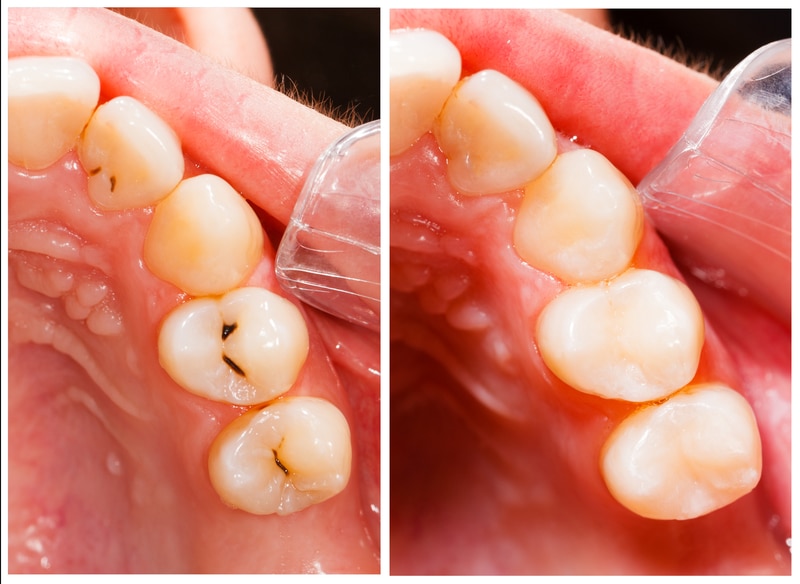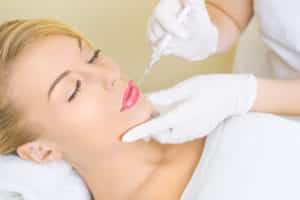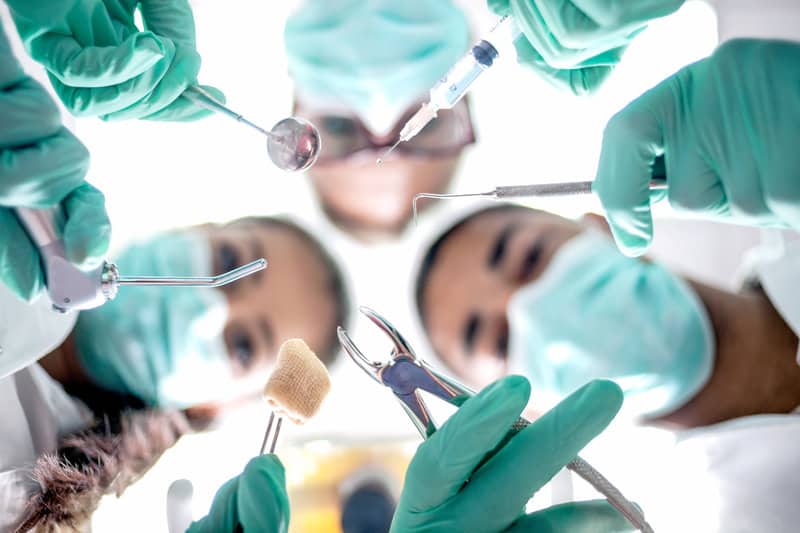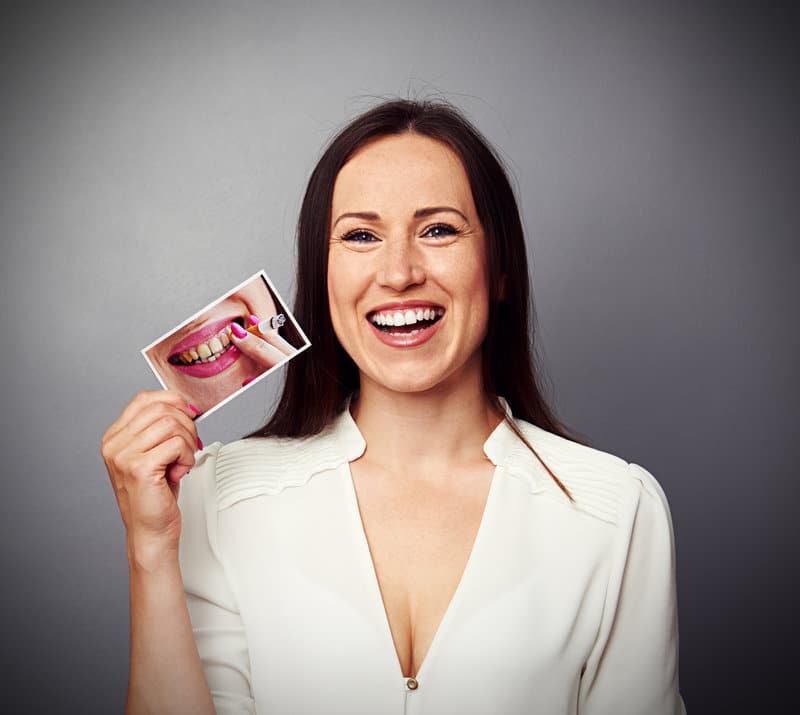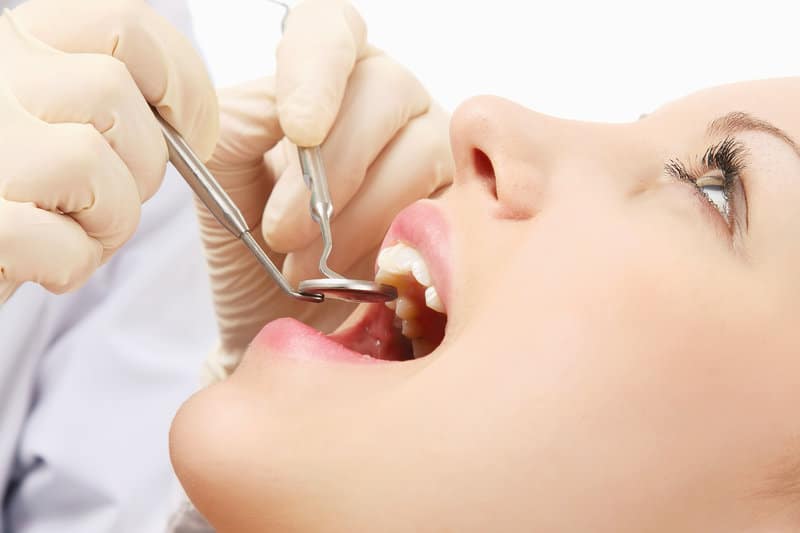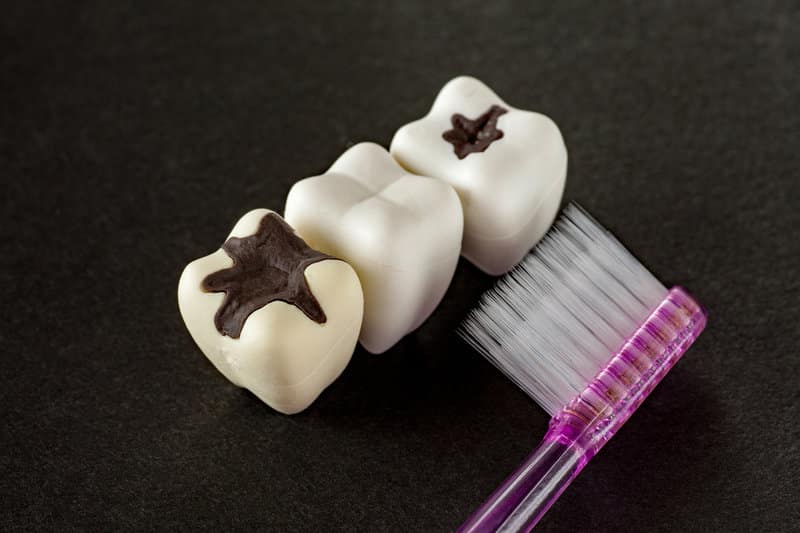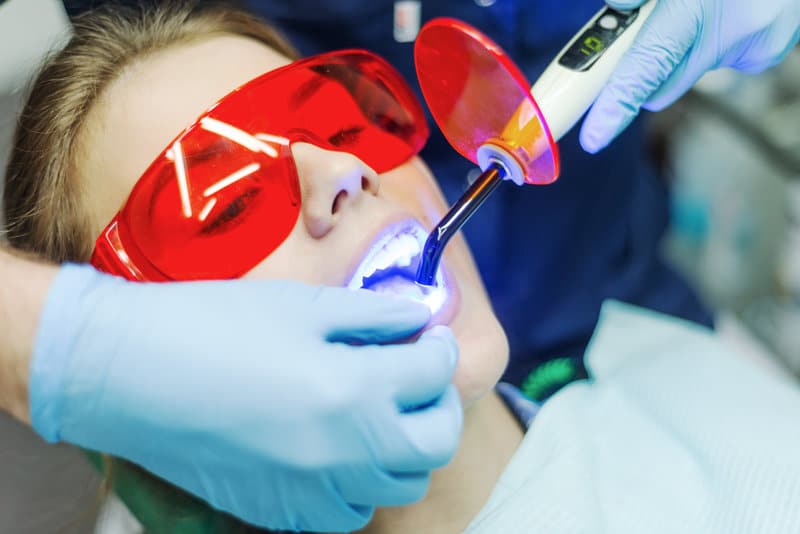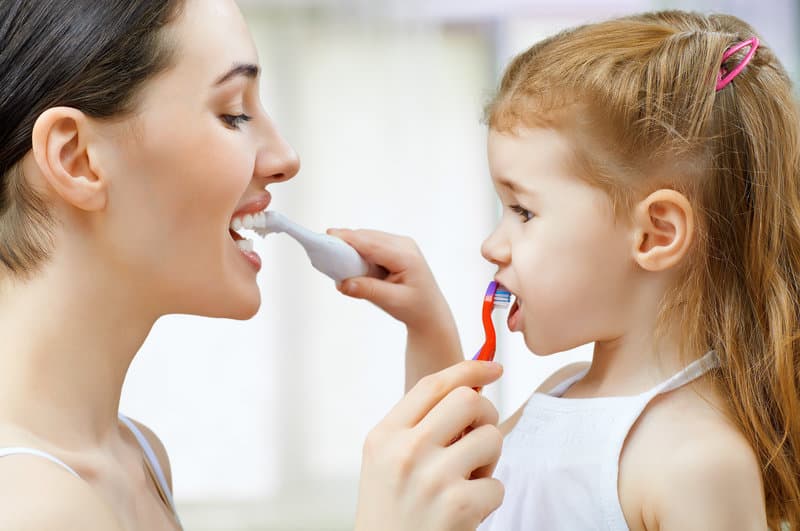Diagnosing and Treating Your TMJ Pain

According to the National Institute of Dental and Craniofacial Research it is believed that over 10 million Americans are affected by Temporomandibular Joint Disorder (TMD/TMJ) and joint pain. If you are having TMJ pain in your jaw or the muscles that control the movement of your jaw, or if you hear a popping or clicking noise when chewing, or opening and closing your jaw, you may have fallen victim as well. Dr. Ania and her friendly team can help diagnose your TMJ pain and prescribe appropriate treatment.
Joint Pain
Millions of Americans experience chronic or episodic pain every day. In fact, some studies suggest that around 100 million Americans have chronic pain. This pain comes from many conditions or diseases such as arthritis, diabetes, osteoporosis and more. When you think of pain, you may think of this major conditions. However, joint pain in your face is something that happens to millions of people as well. The National Institute of Dental and Craniofacial Research reports that an estimated 10 million Americans have pain from Temporomandibular Joint Disorder. This term is usually shortened to “TMJ” or “TMD”.
TMJ Pain
TMJ stands for temporomandibular joint. Saying that you have “TMJ pain” is like saying you have KJ (knee joint) or EJ (elbow joint) pain. TMJ was originally named because of the belief that this disorder largely originated in the joint itself. However, recent knowledge shows that the true cause of joint problems in this area actually originate elsewhere. That is why TMJ is also referred to as “TMD”, which means “temporomandibular disorder”.
There are many names for TMJ pain such as “craniomandibular disorders” (CMD), “craniofacial pain disorders” (CPD) and temporomandibular dysfunction. However, TMJ has still been the most-used out of all the terms. So, what is it?

Temporomandibular Joint
There are 360 different joints in your body. The temporomandibular joint is located in your head by the temporal bone and the mandible (hence the name “temporomandibular). This is the joint that connects this bone to your mandible. This is also the joint that moves when you eat, chew, speak and more. This joint acts like a sliding hinge when you move and you have one of these joints on each side of your face.
There are several reasons you may develop pain in this area. You could have a genetic factor that causes you weakness and pain in this area. You could have arthritis developing in this area, as many joint disorders stem from arthritis complications. However, it is also possible that you have a jaw injury or that you are grinding your teeth at night or clenching your jaw.
Diagnosing Your TMJ Pain
We see patients on a daily basis that have pain due to tooth decay or other oral health issues. Although TMJ is not an oral health issue, it is something that we help treat, as it has to do with opening and closing your mouth. You will have symptoms that are quite common among other patients with the same problem. Some of those symptoms include:
- Tenderness or pain in your jaw
- Pain in the area of one or both of your temporomandibular joints
- Pain around your ear but not exactly in your ear
- Difficulty chewing or pain while chewing
- Locking of your joint, which makes it difficult to open or close your mouth
All of these symptoms are not something that you should just live with, as you should not naturally have pain or tenderness in your face or jaw. You body sends your brain signals of pain to tell you that something is amiss. The NIH reports that between 5% and 12% of people have TMJ pain. There are solutions for fixing your TMJ pain today and you can do it by simply coming to Dr. Ania’s office for an evaluation.
Relieving Your Pain Today
The many signs and symptoms of TMJ/TMD often lead patients to seek a dental consultation. Many other seek help from a medical doctor, which will generally result in them receiving an anti-inflammatory drug, pain medications or tranquilizers. As a dental office, we believe that TMJ pain should be treated in the most conservative manner possible, and surgery should always be the last resort for this kind of pain. Drugs from a doctor will mask symptoms. However, we want to relieve your TMJ pain for good. We have found that the primary problem can often be traced to a poor occlusion in your bite instead of a problem with the joint itself.
Joint problems are frequently related to a misalignment of the teeth, which in turn causes a misaligned joint. Neuromuscular dentistry focuses on the dynamic relationships related to the physiologic range-of-motion and body posture. We look at the bite and alignment of your teeth and examine your teeth to see if you are clenching them or grinding them at night. We also see if alignment is good so that you’re not straining the area where your temporomandibular joint is. For some patients, we can provide mouthguards and bite guards that they can wear at night to help relieve pain and pressure. For others, we can refer you to a proper orthodontist, otolaryngologist (ear, nose and throat doctor), oral surgeon or other professional.
Get Rid of TMJ Pain
You don’t have to live your life with TMJ pain! Come see us at Dr. Ania’s office for an evaluation and we can either help you in-office or refer you to the specialist that can best serve you. If you have jaw pain, call our office today at 303-443-0998!


